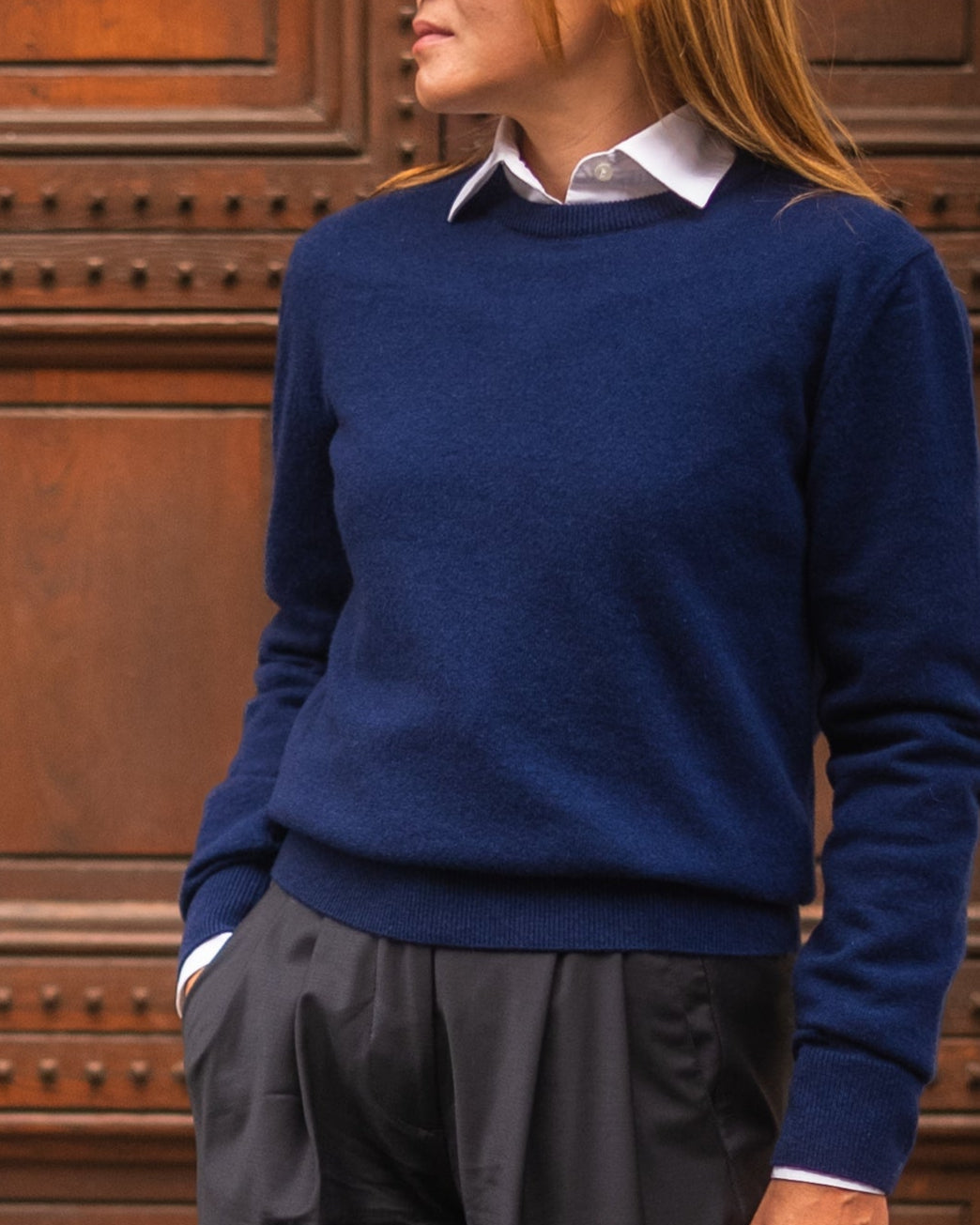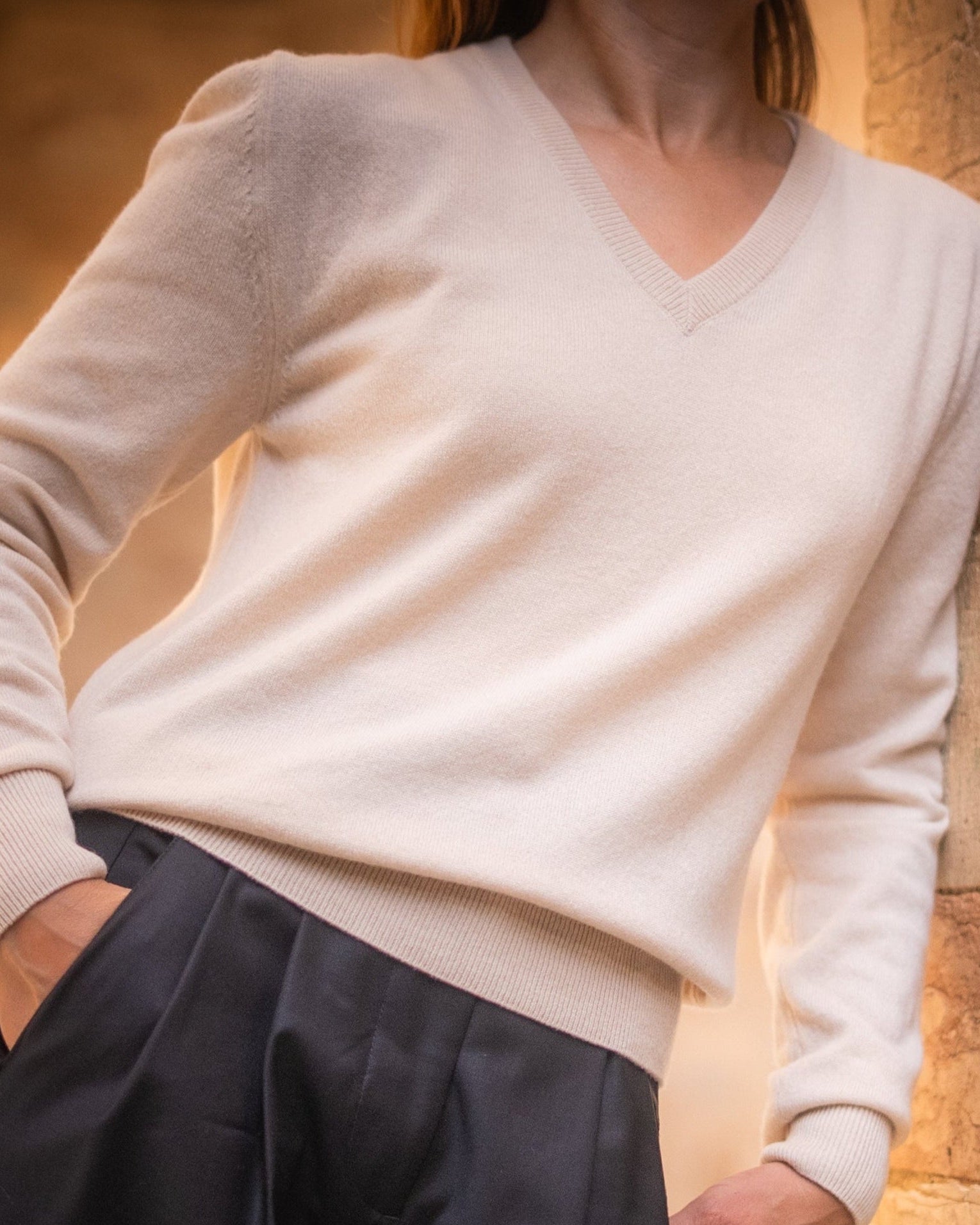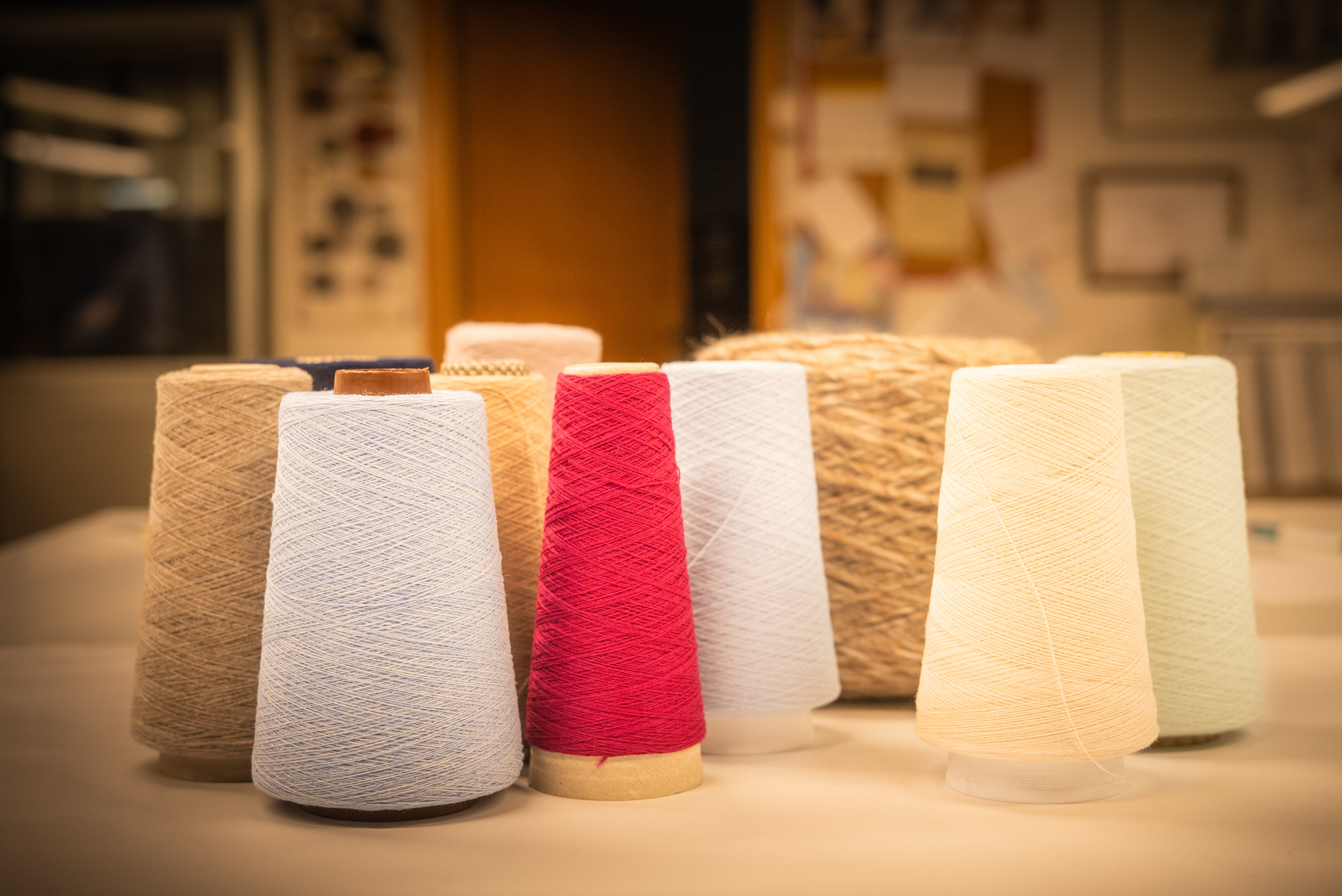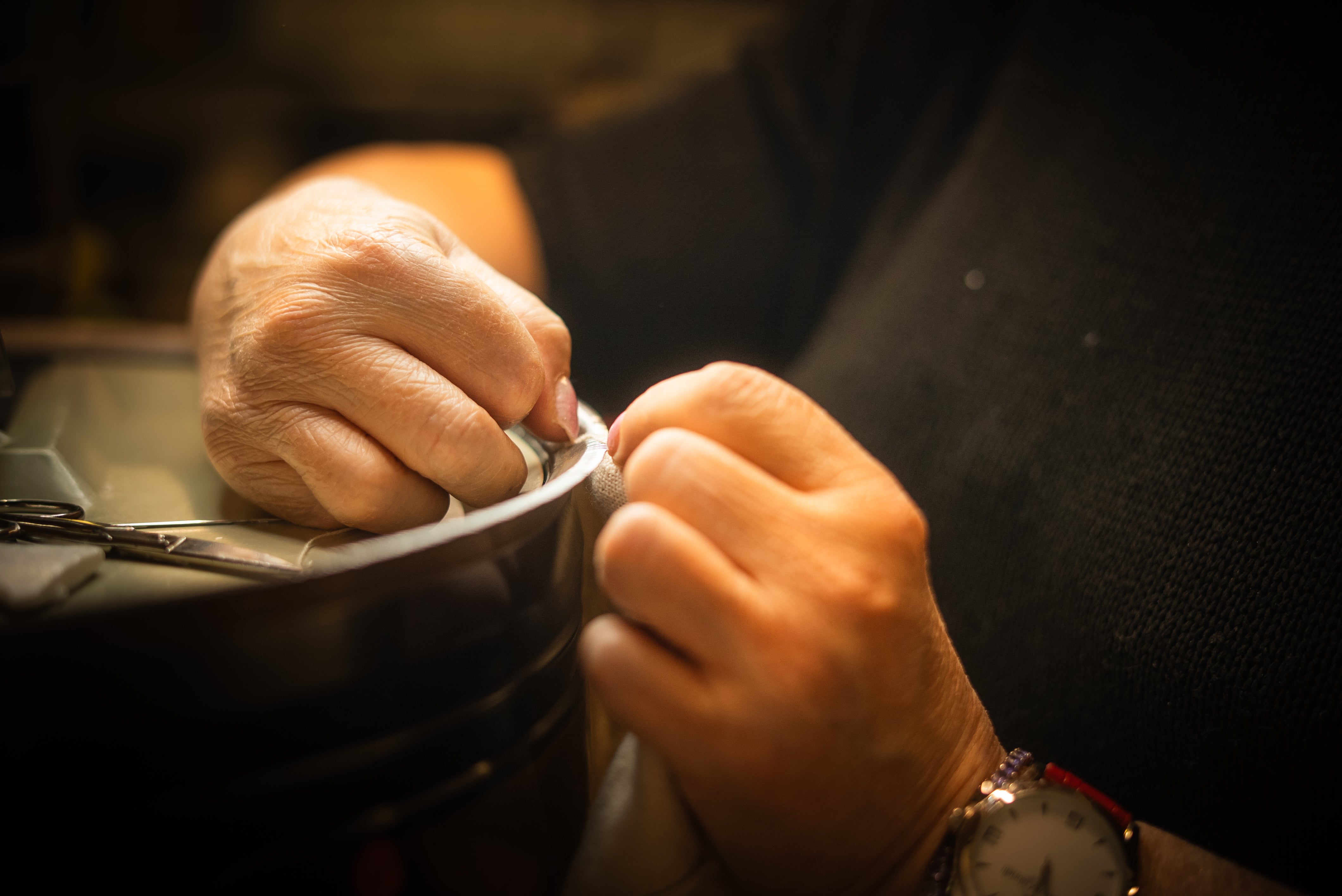Article: Why Our Newborn Cashmere Sets Start with Safety, Not Color
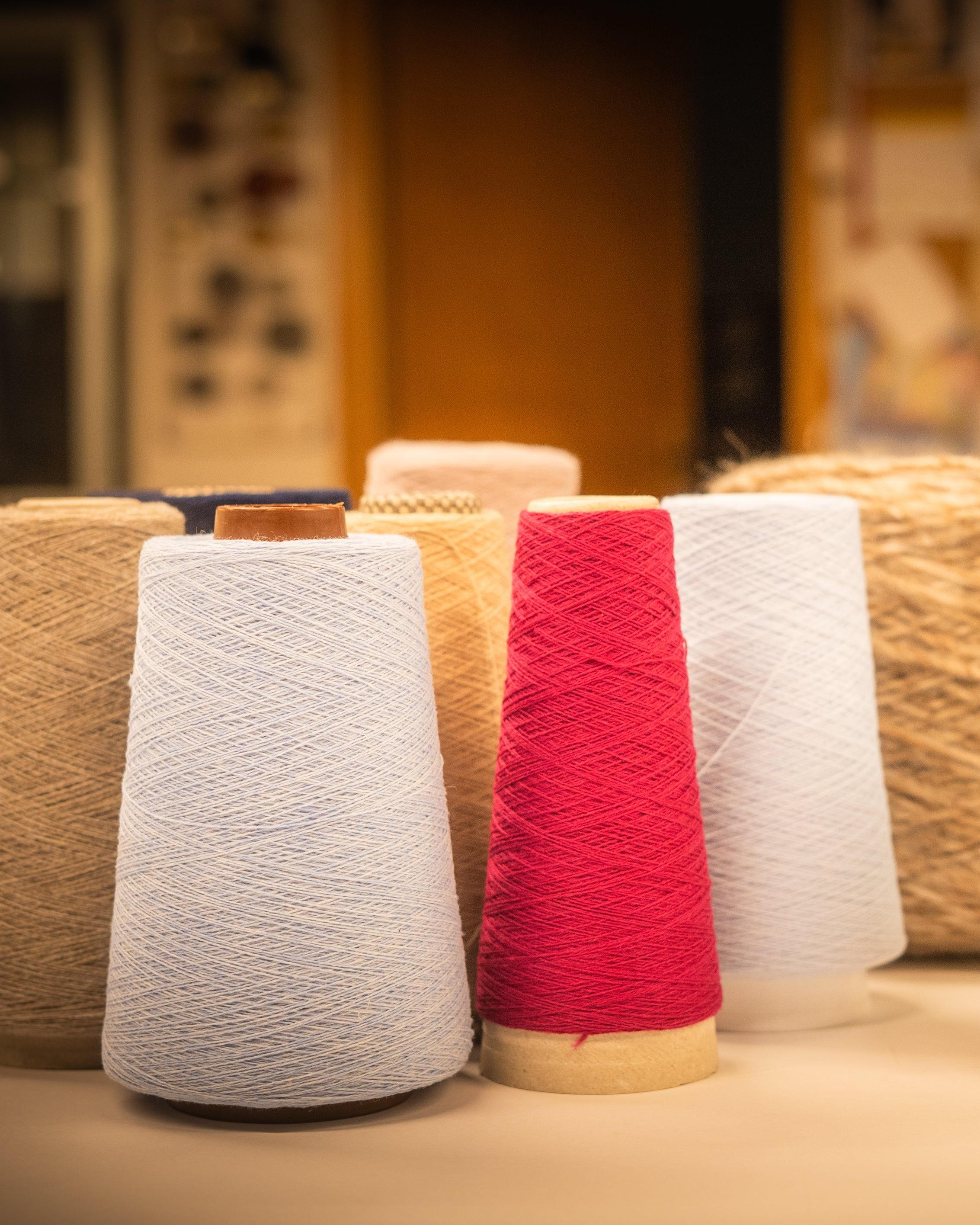
Why Our Newborn Cashmere Sets Start with Safety, Not Color
We have several soon-to-be-parent friends who asked me to develop a newborn baby cashmere set. What could go wrong? There’s an irony in having a legal and compliance background while launching a knitwear brand: you are trained to search for the least visible areas and measure risks. It slows you down, frustrates and brings substantial insights, which are worth sharing.
I spent five years working on remediation and transformation in pharma and medical device compliance, where anything that touches a patient’s skin without rigorous safety testing is unthinkable.
In fashion, it's a different story. Safety standards and chemical certifications are apparently less developed.
When I started researching cashmere and preparing to launch The Soft, I discovered something I hadn’t realised before: behind a single color or fabric finish can be a complex mix of dyes, treatments, and auxiliaries the kind of stuff that would take a chemistry degree to decode.
There is increasing regulatory scrutiny on textile chemicals and dyes, based on growing evidence of the carcinogenic or mutagenic nature of some substances used in clothing.
- In the EU, a defined list of substances classified as carcinogenic, mutagenic or reprotoxic in clothing and textiles intended for direct and prolonged skin contact is restricted under REACH Annex XVII, Entry 72.
- Additional changes are coming in 2026, including new limits on formaldehyde emissions from articles.
What this means when you buy clothing?:
• Clothing should be beautiful and safe. Both matter.
• Quality & safety often comes with a price. Lab testing, audits, and safety certifications are real costs for producers. This is often reflected in the final product price.
• Spend an extra moment & pay attention to whether a brand discloses any certifications at all. If they do, note which ones they mention.
• Certifications vary: some only cover a single aspect (for example, fibre provenance or organic content). Others, like OEKO-TEX® STANDARD 100, apply holistic testing to the entire product.
• Obtaining such certifications is expensive and demanding. Not every brand has them, and absence doesn’t automatically mean wrongdoing. But disclosure itself is a signal: a brand that is willing to test and publish results is showing accountability.
And what about our newborn sets?
They will be made from undyed cashmere. It is ivory white shade of natural cashmere yarn. It feels to me today the most neutral and safe choice. I am also working with our yarn suppliers to define the safest possible pink and blue shades, which are cleared for baby use.
It will take time, but safety first. ☺️


